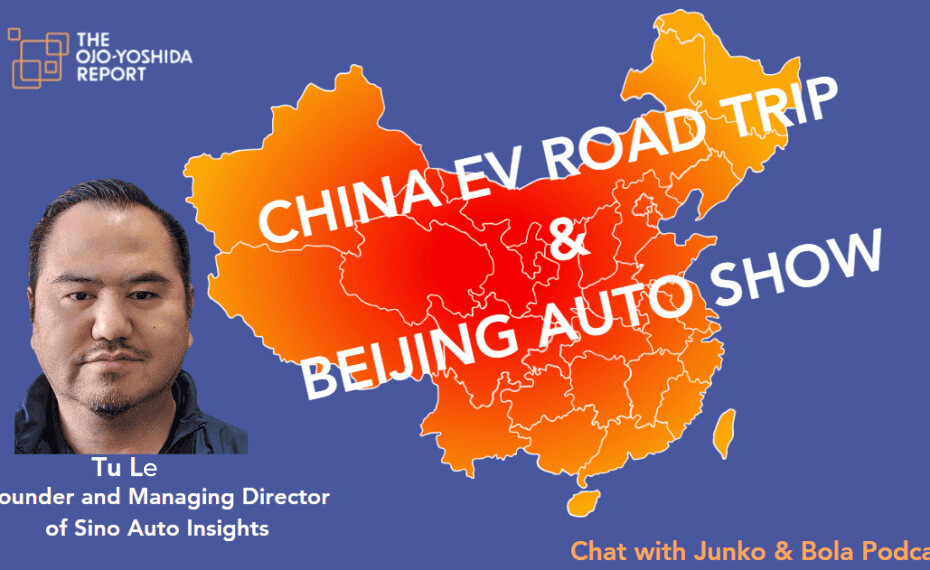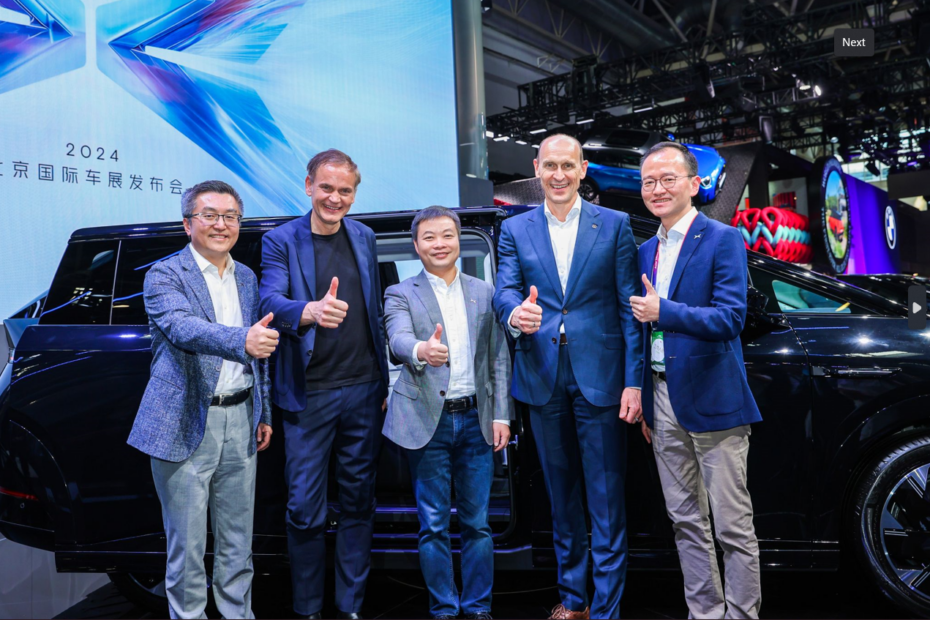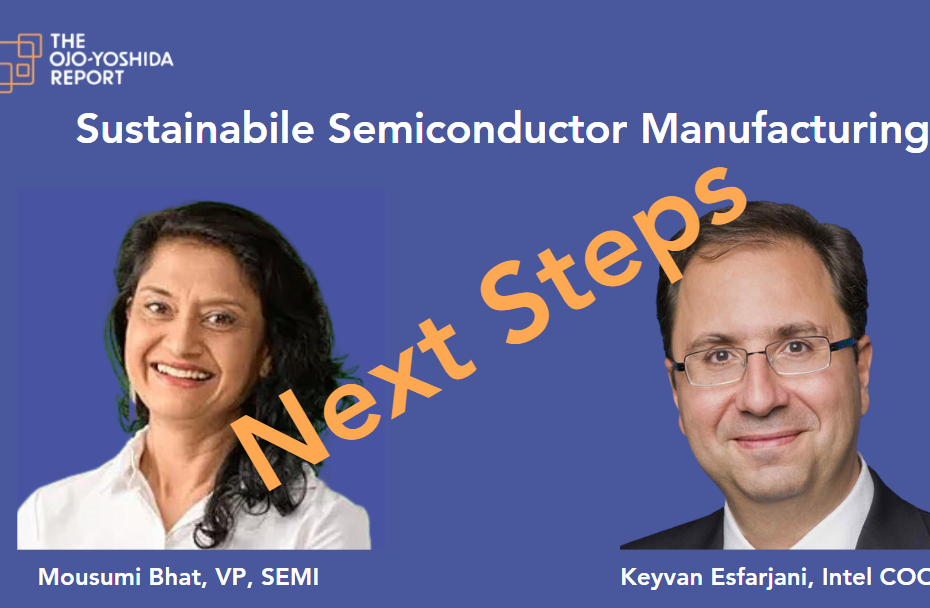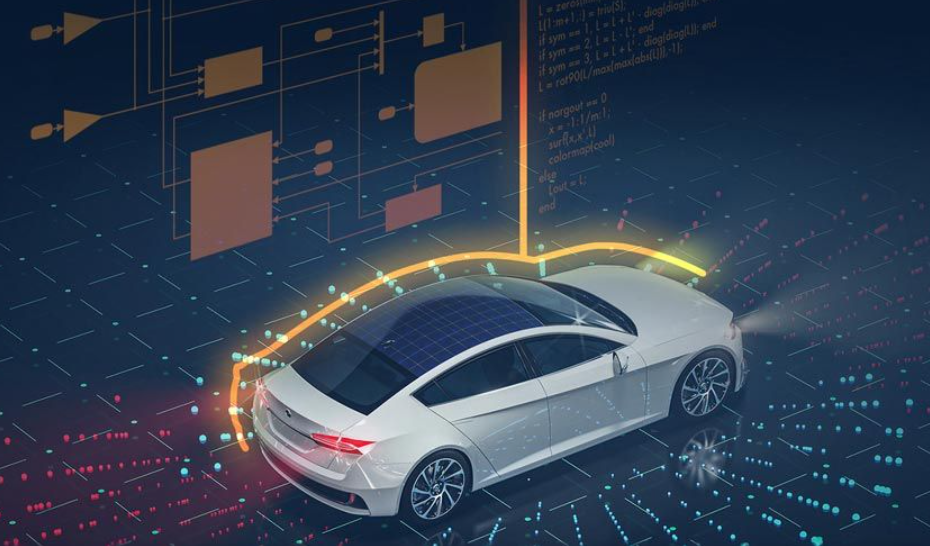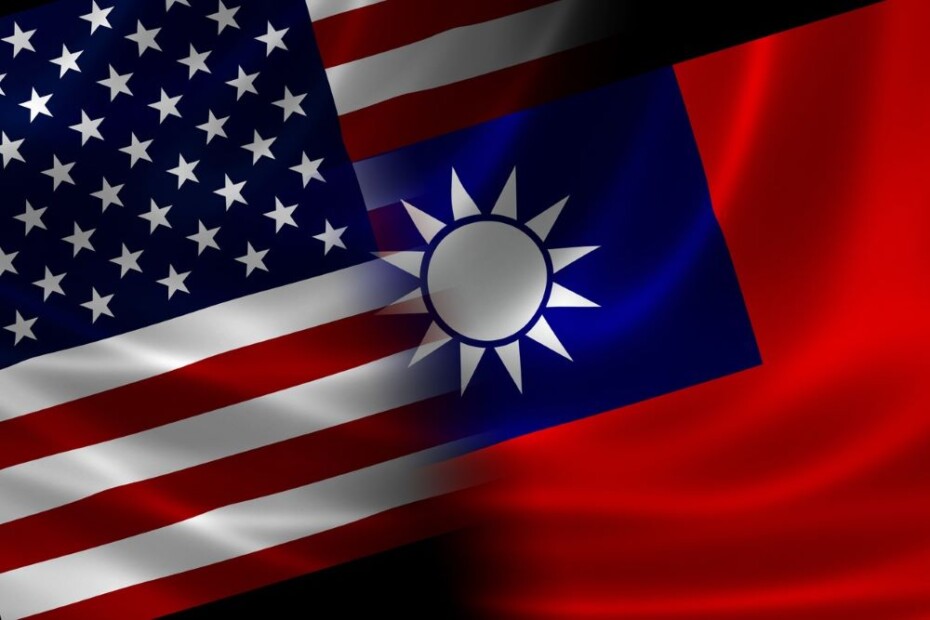Wait! Wasn’t AEB Already Solved?
What’s at stake:
Automatic Emergency Braking (AEB) is a safety function already enabled by robotaxis. It’s also in the ADAS package featured in many new vehicles. So, how come carmakers are suddenly worried about complying with requirements – both on deadline and performance – newly mandated by NHTSA?
The Autonomous Vehicle (AV) industry has long spun the fairy tale that fully automated vehicles, just around the corner, will start saving people’s lives in droves.
But it’s 2024 now and that corner is not in sight.
Meanwhile, in another hitch for the automotive industry, the National Highway Traffic Safety Administration (NHTSA) has handed down a final mandate for automatic emergency braking (AEB) in all passenger cars and light trucks by September 2029.
Read More »Wait! Wasn’t AEB Already Solved?


